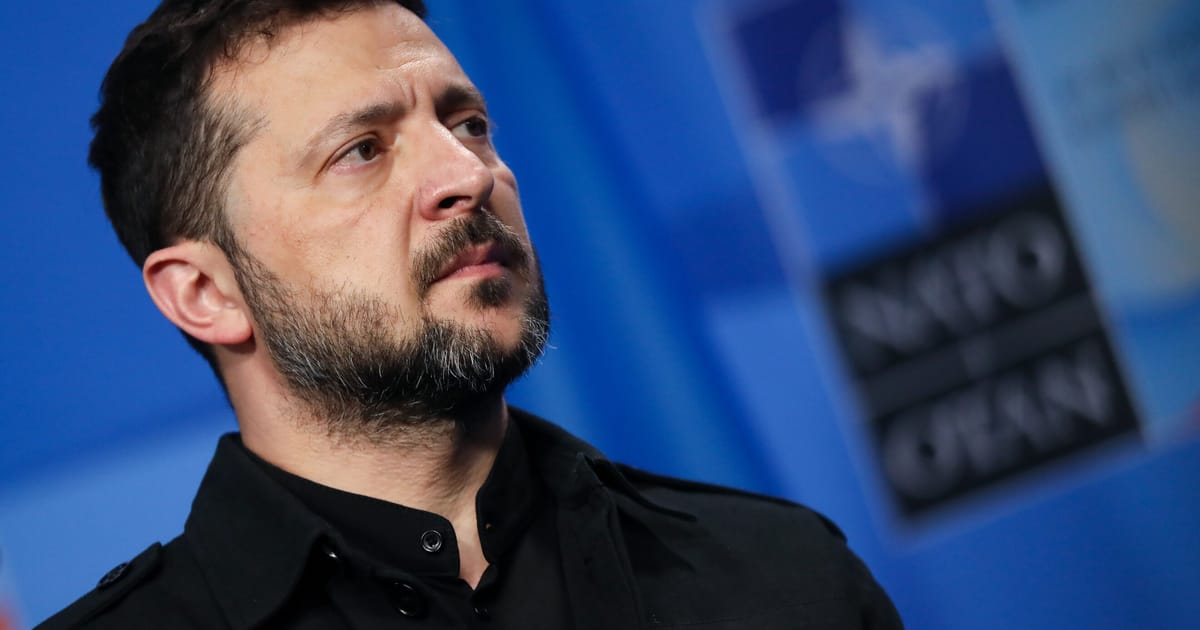

In a series of dynamic and evolving diplomatic maneuvers, global leaders engage in dialogues and agreements that underscore a complex tapestry of international relations. The spotlight remains on key figures and alliances as they seek stability and collaboration amid geopolitical tensions and transformative global challenges.
Ukrainian President Volodymyr Zelenskyy remains resolute in his pursuit of NATO membership for Ukraine. As the weight of geopolitical alliances looms large, Zelenskyy articulates the advantages that Kyiv’s inclusion in the alliance could bring to the collective security framework. Despite Washington’s current stance of ruling out Ukraine’s inclusion in NATO, the Ukrainian leader’s aspirations continue to resonate, highlighting the strategic significance of NATO in the broader European defense architecture. His upcoming meeting with former U.S. President Donald Trump adds another layer to this strategic dialogue, marking their first in-person discussion since April and fostering potential routes for advocacy and understanding.
Meanwhile, Canada and the European Union fortify their relationship through a fresh defense pact, marking a significant step amidst shifting alliances under the current U.S. administration. This partnership, signed in Brussels, encompasses not only security and defense collaborations but also joint efforts on climate change and artificial intelligence. Canadian Prime Minister Mark Carney’s commitment, alongside European leaders Ursula von der Leyen and António Costa, underscores a shared vision of supporting Ukraine in its ongoing challenges, illustrating the intricate interplay between national policies and global concerns. This partnership arises in the context of perceived instability under Donald Trump’s presidency, which has prompted traditional U.S. allies to rethink and strengthen their international alignments.
In the Middle East, a delicate ceasefire holds between Israel and Iran following a tumultuous period characterized by missile strikes and international interventions. U.S. President Donald Trump played a critical role in calming escalating tensions, personally contacting Israeli Prime Minister Benjamin Netanyahu to de-escalate a potential military strike. The fragile truce, welcomed as a victory by Netanyahu citing successes in thwarting Iran’s nuclear ambitions, remains under the watchful eye of the international community, with hopes pinned on returning to stability.
Despite the specter of violence, there are glimmers of hope and resilience among the citizens affected. In Israel, there is cautious optimism among residents who have endured ongoing attacks. The ceasefire, although tentative, is seen as a respite, even as communities continue to heal from recent devastations. Personal stories of survival and resilience emerge, exemplifying the human spirit’s determination to persevere amidst uncertainty.
Finally, the advancement and regulation of artificial intelligence become points of focus in international dialogues, with key figures emphasizing a balanced approach that encourages innovation while ensuring safety. Australian Assistant Minister for Productivity, Andrew Leigh, highlights the importance of regulatory frameworks that promote the productivity and potential of AI technology without stifling its development. This conversation echoes within the global arena, reflecting a shared interest in harnessing technology responsibly amid ever-evolving economic and political landscapes.
The convergence of these global events paints a picture of a world in flux, where strategic meetings and alliances hold the promise of peace and collective advancement. As leaders convene, there lingers a shared dedication to fostering dialogues that might just pave the way for enhanced cooperation and understanding in a world that increasingly necessitates both.
Source: {link}
